A snapshot of Rotorua's historic heritage buildings
Rotorua is undeniably one of New Zealand’s most popular tourist destinations. From geothermal wonders to spectacular landscape, it’s no wonder this city is top of the list when it comes to must-see attractions.
But Rotorua offers so much more than what it is commonly known for.
As one of New Zealand’s most historical cities, Rotorua is home to an eclectic mix of architecture dating back as far as the time of early European settlers. As each building has passed through generations, their authentic structures and styles remain in tact.
For an appreciation of how Rotorua came to be the thriving city it is today, visit these five historical buildings and take a step back in time.
The Bath House (Rotorua Museum)
Since 1908, The Bath House, Rotorua has been a building of great significance. Originally a famous spa facility offering therapeutic treatments to visitors from all over the world, the building is now home to the Rotorua Museum.
The Bath House was the New Zealand Government’s first major commitment to the tourist industry.
It was an era where spas had become a fashionable meeting place and a symbol of wealth and status. It was also common to seek treatment from balneologists who treated illnesses with thermal baths and water cures. With an abundance of thermal activity in the Rotorua region, the New Zealand Government saw an opportunity to boost tourism in the area.
The supply of water came from a nearby spring and tourists came from all over the world for its healing qualities. During its golden years, the spa saw 60,000-80,000 visitors each year and accommodated up to 30,000 special treatments. Male patients were treated in the north wing and female patients in the south wing.
The Bath House saw a high number of doctors, nurses, physiotherapists, masseuses and maintenance personnel over the years, but by the 1940s the fashionable spa era had faded. Maintenance was high and the acidic water had caused corrosion and hydrogen sulphide gas wreaked havoc on paint and furniture.
By 1947 the Heath Department took over the management of the Bath House and Rotorua’s Tourist Department began to promote other attractions. After a damning statement in the Health Department’s annual report claiming the original spa was responsible for the lack of modern medical treatments, the spa was abruptly closed in 1949.
In 1969, the south wing of the Bath House was transformed into the Rotorua Museum and the north wing into the Rotorua Art Gallery.
Standing proudly in the heart of the city, the Bath House is once again a great tourist attraction. Its iconic Tudor-style structure is often used to symbolise central Rotorua.
Old Post Office
Built by the Snell brothers of Hamilton and opened in 1914, the Old Post Office replaced the original 1880s building.
It consisted of two floors and a tower with rough cast cement plaster exterior and Tudor-style decorative timbering. The building incorporates a memorial town clock in honour of Premier Richard John Seddon, the longest-standing Prime Minister of New Zealand, who died in 1906. The clock still functions to this day.
Its attractive design has seen the Old Post Office move through decades as an iconic structure worthy of preservation.
The Old Post Office originally sat on the southwest corner of Arawa and Fenton Streets but due to the increase in demand for services, the Post Office’s operations were forced to move to a larger building on Hinemoa Street. New Zealand Post now operates out of this building.
In 1990, the Council purchased the Old Post Office and emptied the structure by building the Tourism Information Centre.
Today, the Old Post Office is not deemed earthquake safe and therefore is undergoing strengthening work and alterations.
The Old Post Office has stood the test of time as a Rotorua attraction and is still visited by many tourists today.
Prince’s Gate Archway
The Prince’s Gate Archway was originally erected in honour of the 1901 visit from King George V and Queen Mary and designed to resemble the royal crown. During their visit, the Totara archway was decorated with greenery and illuminated with electric lights.
Once spanning the entire intersection of Fenton and Hinemoa Streets, the Totara arches were moved to their present position after the royal visit.
Now gracing the entrance to the Rotorua Government Gardens, the Prince’s Gate Archway has become a feature in the Garden’s attractions.
Te Amorangi Museum
This unique museum showcases Douslin House and displays a number of historical pieces from the 1920s.
The Kauri house onsite at the Te Amorangi Museum was originally built by Horace Balfour Douslin in 1924 and is now referred to as Douslin House.
With architecture in the style of the Dutch Colonial era, Douslin house symbolises a significant period in the history of European settlers in New Zealand. It was the first house in the area to connect to the electricity and water supply.
The area takes all of its inspiration from the 1920s and the street has been created based on the designs of this era. An authentic traction engine, forestry machinery and seven old-fashioned shops scatter the street to take you back to 1920s New Zealand. Visitors can stroll through the historic buildings and picnic among the gardens.
Aside from the addition of one room in 1960, Douslin house is in original condition and is a heritage attraction to many tourists visiting the area.
A number of other buildings have been moved to the site over time, including the old Whakarewarewa Post Office, the Reporoa Cash Store and the Old Rotorua Jail, each which have been furnished with authentic memorabilia of the time.
The Buried Village
The award-winning heritage attraction, the Buried Village, show cases one of the most destructive natural disasters in New Zealand’s history; the eruption of Mount Tarawera. Spread across 12 acres, the Buried Village is home to the partially-excavated village of Te Wairoa that was destroyed by the eruption in 1886.
On site at the Buried Village is the Museum of Te Wairoa, one of Rotorua’s most visited buildings.
The museum displays the largest collection of excavated objects unearthed after the Mount Tarawera eruption. Personal accounts, relics and photographs of Te Wairoa before and after the disaster are some of the many resources the museum has to offer.
Te Wairoa was the birthplace of tourism in New Zealand and was once a flourishing village. Tourists flocked from all over the world to see the Pink and White Terraces, a layered formation of silica acid and sodium chloride formed over a long period of time. Considered to be the eighth wonder of the world, the Pink and White Terraces brought great wealth to the Te Wairoa village.
Sadly, in the early hours of June 10, 1886, Mount Tarawera erupted. The village was destroyed and the Terraces were obliterated.
Today, the Museum of Te Wairoa displays the Pink and White Terraces in model form.
Scientists made an exciting discovery in 2011 when they found remnants of the Terraces at the floor of Lake Rotomahana. The significant discovery happened to coincide with the 125th anniversary of their destruction and it was confirmed that about three quarters of the Pink Terraces remained intact. Unfortunately, the Museum’s model is the closest we will get to the geological treasures as they are now submerged under 60 metres of water.
Linked by scenic walking tracks, visitors can enjoy a stroll through the revegetated grounds that were once buried under burning ash and mud.
Experience Rotorua's historical architecture and take a step back in time
Rotorua is known for its geothermal activity, sparkling lakes, and spectacular scenery. Throughout the year, the city is a bustling hub of tourist attractions that continue to impress visitors.
If you’re planning a trip to Rotorua, include a tour of some of the historic buildings around the city. Each tells a different story and allows visitors to understand a bit more about who was here before us, and what life was like for them.
Rotorua has preserved and maintained each building so they can be show cased in an authentic and original state.
Take an illuminating journey into Rotorua’s past and visit these wonderful historic buildings next time you’re in the city.







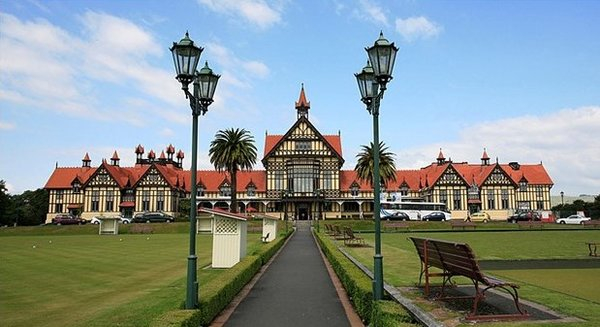
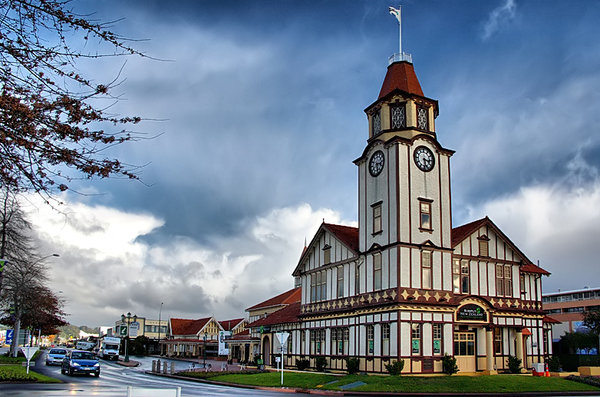
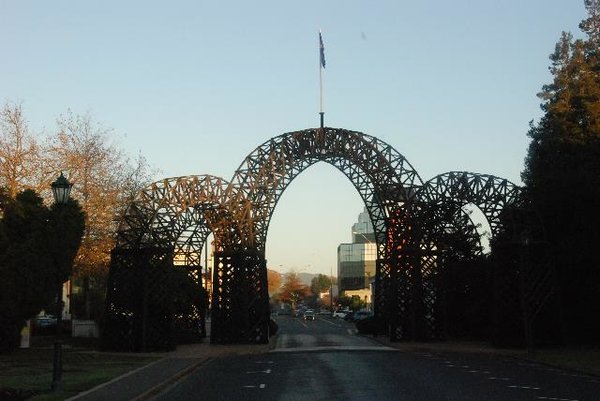
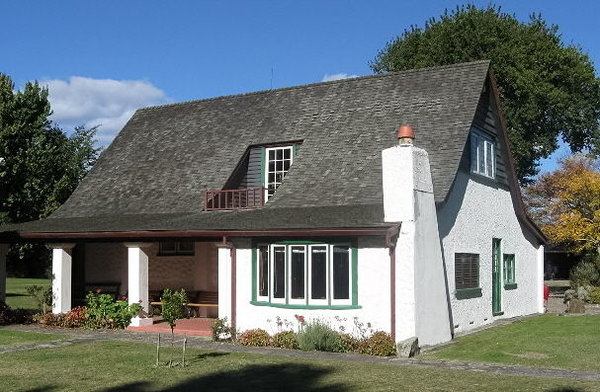
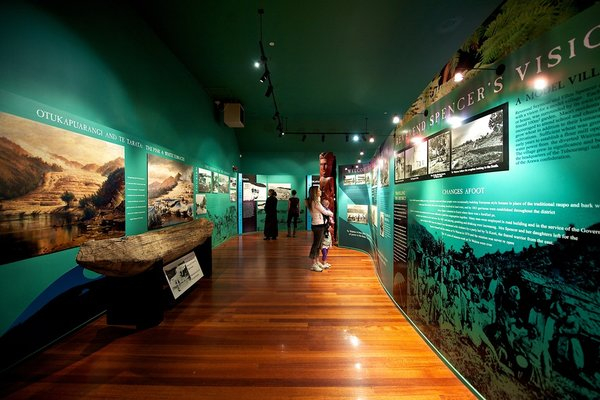

Connect with Us
Facebook YouTube Instagram Tripadvisor Blog Email